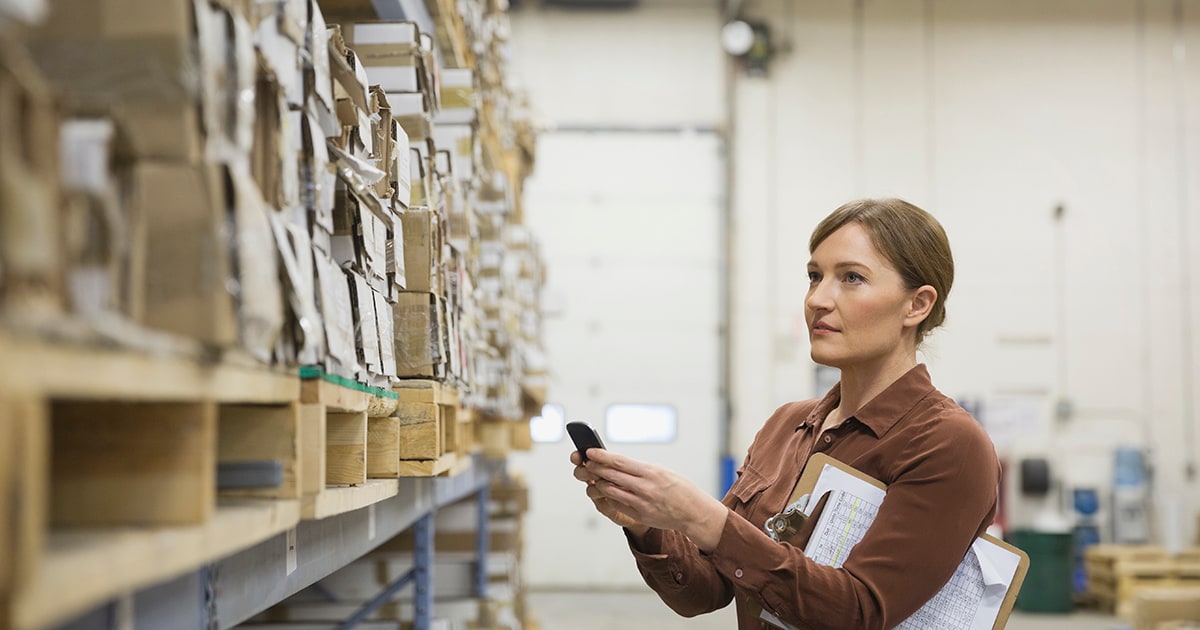October 05, 2018
Mind the Gap: Smartphones Bridge IoT and the Cloud
Smartphones connect people to smart environments in stores, hospitals and more. But knitting all those technologies together takes expertise.

About the only thing growing faster is the number of Internet of Things devices. They’re up 31 percent this year, for a total of 8.4 billion worldwide, according to Gartner. By the end of this decade, the number should top 20 billion.
These trends mean plenty of new opportunities for retailers, hospitals, airports and other businesses to save and make money. The catch? Implementing IoT is tricky by itself, and tying it to customer-facing services via the cloud creates an additional set of challenges, costs and risks.
Connect the Dots
Take connectivity: Shoppers can’t use a retailer’s mobile app to pull up their lists and then find those products if the store’s Wi-Fi coverage is spotty. Sure, shoppers could use cellular instead, but steering them to a network owned by the retailer is preferable because it enables more analytics and granular wayfinding.
That’s one reason retailers often turn to CDW. Our site surveys identify where to install access points to ensure seamless coverage — even in warehouse clubs filled with metal racks that block signals and create dead spots. This includes knowing where not to install them. Too many APs too close together create interference that saps capacity, frustrating customers while they wait for lists and store maps to load.
A fast, seamless wireless LAN (WLAN) also supports IoT devices such as digital signage. Suppose a shopper used an app to search for a certain product, but didn’t add it to a list or cart. When Bluetooth beaconing determines the shopper is passing by a display with those products, the digital signage could run an ad designed to spur an impulse purchase. At the same time, the app pushes an e-coupon.
This scenario is possible because the app, WLAN and signage all worked with a cloud database that knows the shopper searched for that product. CDW understands all three technologies and partners with leading vendors for each. That means we can design, implement and support an end-to-end, multivendor solution that enables these kinds of use cases.
And consumers increasingly expect these types of smart environments. In another example, CDW recently helped a major hospital implement an IoT/cloud/mobility system for wayfinding. Patients simply click on their appointments to get step-by-step directions, which are provided by a network of sensors that detect smartphone locations and use the WLAN to push navigation help.
In both the hospital and retail examples, improved customer satisfaction is one major benefit, because customers can get what or where they want right now, with zero hassle. Another benefit is that employees now spend less time providing directions and more time on tasks that contribute more to the bottom line. These are all proven benefits that are tough to execute — except when you have the right partner.
Learn more about CDW’s digital transformation solutions and services.
This blog post brought to you by:


